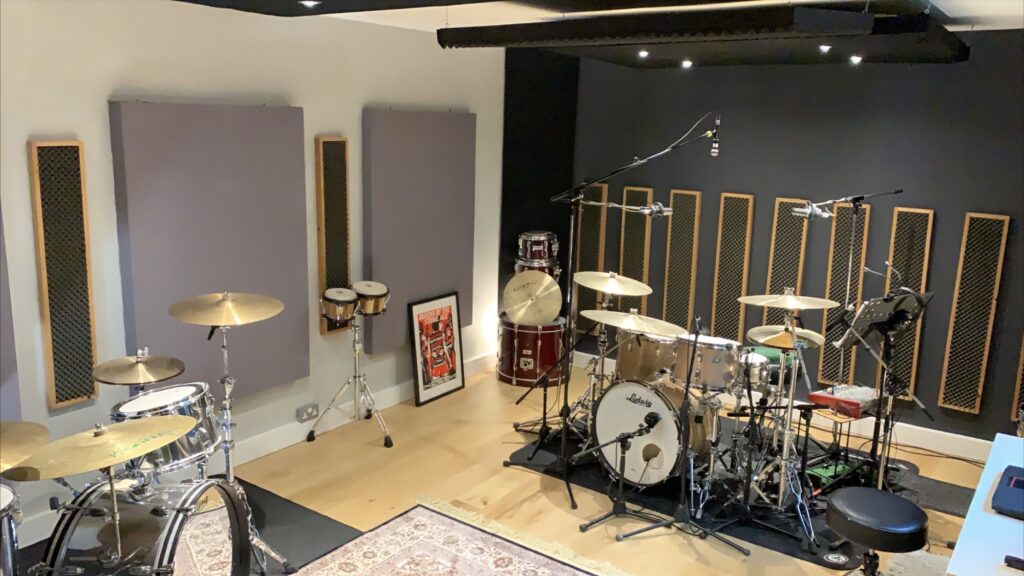Acoustic wooden wall panels not only add style to a room but also provide effective sound control, making them ideal for homes, offices, and commercial spaces. Selecting the right panels can enhance acoustics, reduce noise, and improve the overall ambiance. This guide will help you choose the best acoustic wooden wall panels for your needs, covering essential factors like materials, design options, and installation tips.
1. Understand the Benefits of Acoustic Wooden Wall Panels
Acoustic wooden panels serve both functional and aesthetic purposes. Their primary benefit is to reduce sound reflection, which improves acoustics in a room. This feature is ideal for settings where audio clarity is essential, such as conference rooms, music studios, or home theaters. Besides functionality, they add a natural, elegant look to any space, making them a versatile option for interior design.
2. Determine Your Acoustic Needs
Consider the specific acoustic requirements of the room. For spaces where sound clarity is crucial, such as a recording studio or a theater, choose panels with high sound absorption ratings. In contrast, for home or office spaces where reducing background noise is the main objective, lighter, less dense wooden panels might be sufficient.
3. Select the Right Wood Material
Wood types significantly affect both the aesthetics and acoustic qualities of the panels. Some common wood choices include:
- Oak: Offers durability and a sophisticated look; often used in high-end applications.
- Pine: More affordable and provides a rustic charm, ideal for home or casual settings.
- Walnut: Known for its rich, dark tones and strength, adding a touch of luxury to rooms.
Choosing the right wood type involves balancing your budget, design preferences, and acoustic requirements. Harder woods generally provide better sound dampening but may cost more.
4. Choose the Right Panel Design and Finish
The design and finish of acoustic wooden wall panels are essential for blending with your interior decor. Here are some popular options:

- Slatted Panels: Feature evenly spaced wooden slats for a modern look and effective sound absorption.
- Grooved Panels: Enhance both aesthetics and acoustics, suitable for various styles from contemporary to traditional.
- Textured Panels: Add depth and texture to walls while dispersing sound waves.
Consider the finish of your panels as well. Natural wood finishes offer a warm, classic look, while painted or stained options provide a contemporary feel.
5. Measure the Space and Calculate Coverage Needs
Accurate measurements are crucial for determining how many panels you’ll need. Measure the height and width of each wall to be covered, then calculate the square footage. Add a few extra panels for cuts and adjustments. This ensures you have enough coverage and a seamless installation.
6. Check Fire Ratings and Sustainability
Safety and sustainability are important, especially for commercial spaces or areas with strict building codes. Ensure that the panels meet fire-retardant standards if required. For eco-conscious choices, look for wooden panels made from responsibly sourced or recycled wood.
See Also: Enhancing Acoustic Performance with Wooden Wall Panels
7. Consider Installation Methods
Acoustic wooden wall panels can be installed in various ways, depending on your needs:
- Direct Adhesive: Quick and easy for smooth walls, but harder to remove.
- Clip Systems: Offer flexibility in installation and removal, ideal for spaces that may need adjustments later.
- Framed Mounting: Provides a professional finish, suitable for commercial spaces or rooms where aesthetics are key.
8. Evaluate Budget and Maintenance Requirements
Acoustic wooden wall panels come in a wide price range depending on the type of wood, design, and acoustic properties. Establish a budget that includes installation costs if you’re hiring professionals. Also, consider maintenance; some woods require more care to retain their appearance over time.
9. Consult with Professionals for Customization
If you have specific needs or want a unique design, consulting with acoustic professionals or manufacturers can help. Many providers offer customization options that allow you to choose wood types, finishes, and panel sizes that fit your exact requirements.
Call us: Contact Waseem Technical Soundproofing Expert in Dubai For Soundproofing: +971 50 209 7517
Conclusion
Choosing the right acoustic wooden wall panels requires a balance between functionality, design, and budget. By understanding your acoustic needs, selecting the appropriate wood material, and planning for installation, you can find panels that perfectly enhance your space. With the right choice, acoustic wooden wall panels can transform a room, adding both style and acoustic comfort.




